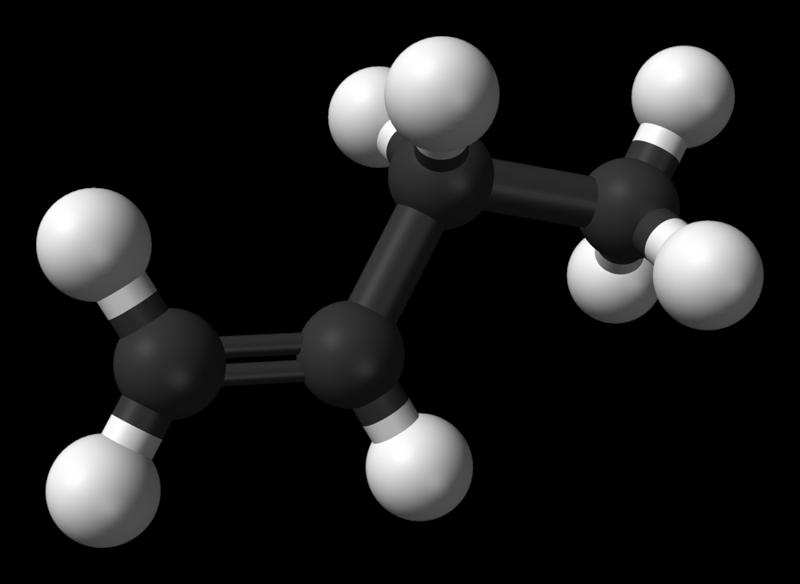Information about n-butene (2)
Acute toxicity:
The concentration of 1-butene was an anesthetic in the flammable range, and the absolute anesthetic concentration was 350g/m3, LC100 was 600g/m3, and LC50 was 420g/m3 in mice after inhalation for 2h. At 40g/m3, the flexor reflex was inhibited.
In mice, 2-butene induced deep anesthesia at a concentration of 300~400g/m3, and had little effect on mucosa stimulation.
Isobutene LC50 was 415g/m3 in mice after inhalation for 2h. 620g/m3 for 4h after inhalation in rats. There was a linear relationship between the anesthetic effect and the concentration in the brain.
n-Butene(butyhne)
Chronic toxicity:
Mice were exposed to 100mg/m3 all day for 140 consecutive days, and the antagonistic muscle duration ratio decreased after 36 days. After 53 days, the whole blood cholinesterase activity decreased, the total number of white blood cells decreased, and the phagocytic activity and phagocytic index decreased.
Clinical manifestations:
When exposed to 25g/m3, symptoms of upper respiratory tract irritation appeared 5 minutes later. 805~989mg/m3(92.9% unsaturated hydrocarbon mixture of 2-butene)2h showed symptoms of mucosal irritation, drowsiness, slightly elevated blood pressure, and sometimes pulse speed. High concentrations can cause coma.
Long-term exposure to butene-based mixed gas workers, dizziness, headache, drowsiness or insomnia, easy to excitement, easy fatigue, general fatigue and memory loss, sometimes have mucosa chronic stimulation symptoms.





 Facebook
Facebook YouTube
YouTube LinkedIn
LinkedIn Twitter
Twitter